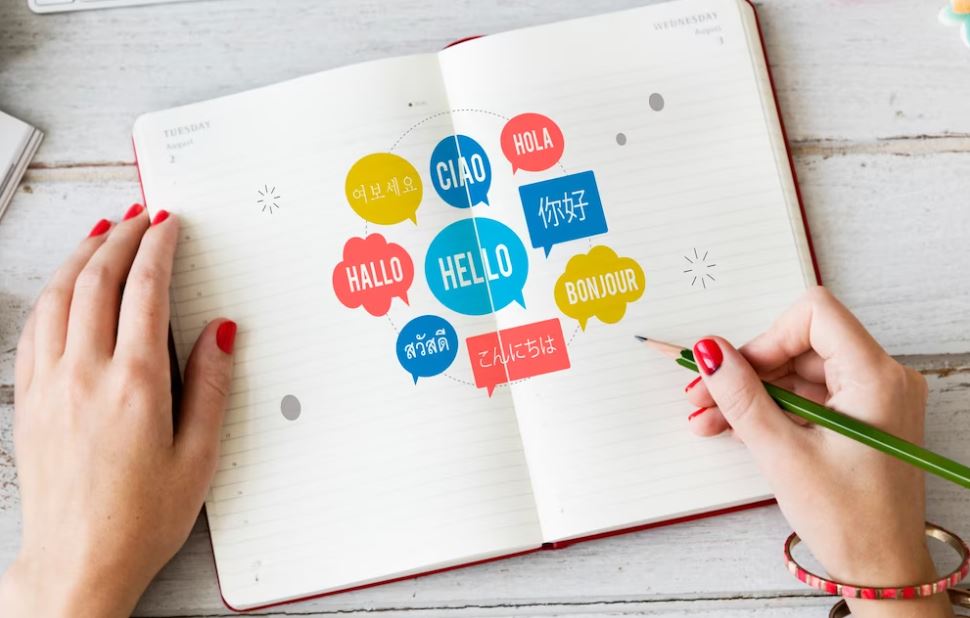Language barriers can often hinder communication and collaboration in today’s globalized world. Whether it’s for business purposes, travel, or simply connecting with people from different cultures, being able to overcome these barriers is essential.
Fortunately, advancements in technology have led to the development of powerful AI translation tools that can bridge the gap between languages. In this article, we will explore the benefits of using AI translation tools, how they work, and some popular options available on the market.

The Importance of Overcoming Language Barriers
In a world that is increasingly interconnected, the ability to communicate with people from different cultures and backgrounds is becoming more important than ever.
Language barriers can limit opportunities for business growth, hinder international relationships, and create misunderstandings that can have serious consequences.
By overcoming these barriers, individuals and organizations can unlock new possibilities, expand their reach, and foster stronger connections across borders.
Benefits of Using AI Translation Tools
AI translation tools offer a range of benefits that can revolutionize the way we communicate across languages.
Firstly, they provide real-time translation, allowing for instant understanding and response in conversations. This is particularly useful in scenarios where time is of the essence, such as business negotiations or emergency situations.
Additionally, AI translation tools are highly accurate and continuously improving, ensuring that the translated content is as close to the original meaning as possible. This accuracy is crucial for maintaining clarity and avoiding misunderstandings.
Another advantage of AI translation tools is their versatility. They can be used across various platforms, including mobile devices, desktop applications, and even embedded in websites. This means that regardless of the medium or context, language barriers can be effortlessly overcome.
Furthermore, AI translation tools can handle multiple languages, making them accessible to a global audience. This diversity of languages ensures inclusivity and fosters a sense of connection among people from different linguistic backgrounds.
How AI Translation Tools Work?
AI translation tools utilize advanced algorithms and machine learning techniques to convert text or speech from one language to another. The process begins with data collection, where vast amounts of language data are gathered and analyzed. This data serves as the foundation for training the AI models. The models learn patterns, grammar rules, and linguistic nuances from the data, enabling them to generate accurate translations.
The AI models are constantly being refined and updated through a process called deep learning. This involves feeding the models with new data and evaluating their performance. As the models receive more input, they become increasingly proficient in understanding context, idiomatic expressions, and cultural nuances. This continuous learning cycle ensures that AI translation tools are always improving and adapting to the complexities of language.
For users looking to explore and utilize these advantages, an AI tools directory can be an invaluable resource. This directory can provide a comprehensive list of AI translation tools available, along with their features, compatibility, and user reviews.
Popular AI Translation Tools on the Market
There are several AI translation tools available on the market today, each with its own unique features and capabilities. One popular option is Google Translate, which offers translation services for over 100 languages.
It provides both text and speech translation, making it convenient for a wide range of users. Another widely used tool is Microsoft Translator, which offers real-time translation for conversations, as well as the ability to translate text from images. It also supports a large number of languages.
For those in the business world, tools like SDL Trados and Memsource are highly regarded. These tools are specifically designed for professional translators and offer advanced features such as translation memory, terminology management, and collaboration tools.
They streamline the translation process and enhance productivity for individuals and teams working in the field of translation.
Future of AI Translation Tools
As technology continues to advance, the future of AI translation tools looks promising. With ongoing research and development, we can expect even greater accuracy and capabilities in the years to come.
Machine learning algorithms will become more sophisticated, enabling AI translation tools to better understand context, tone, and intent. This will result in translations that are not only accurate but also convey the nuances and subtleties of the original language.
Furthermore, AI translation tools may become integrated into everyday devices, making language barriers virtually non-existent. Imagine a world where language is no longer a barrier to travel, business, or personal connections. With AI translation tools, this vision is becoming closer to reality.
Conclusion
Language barriers should no longer be a hindrance in our increasingly interconnected world. AI translation tools have revolutionized the way we communicate across languages, making it easier to connect with people from different cultures and backgrounds. These tools offer real-time translation, high accuracy, and versatility across various platforms.
Popular options such as Google Translate and Microsoft Translator have already made a significant impact, and the future holds even more possibilities for AI translation tools. By embracing these tools, we can say goodbye to language barriers and unlock a world of opportunities for global collaboration and understanding.
Embrace the power of AI translation tools and start breaking down language barriers today. Explore the options available and choose the tool that best suits your needs. Experience the freedom of seamless communication and unlock a world of opportunities. Say goodbye to language barriers and embrace the power of AI translation tools.